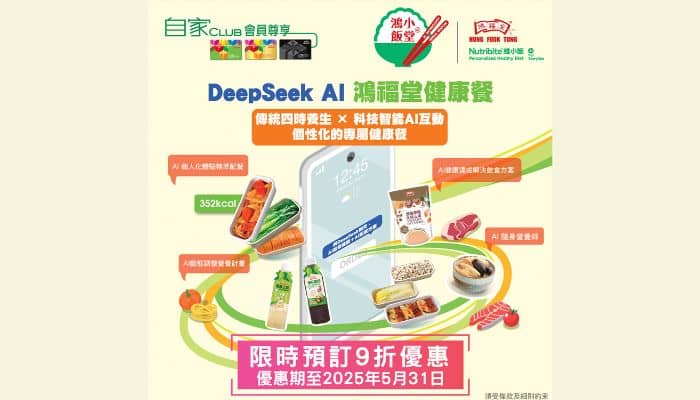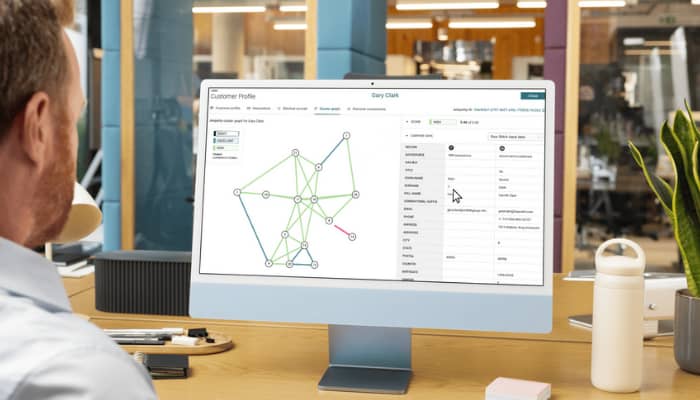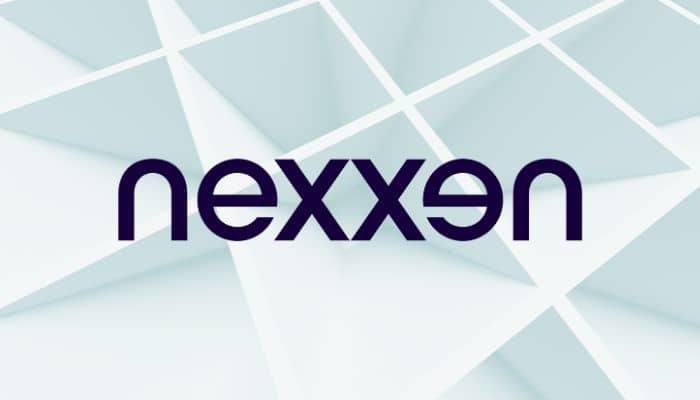London, UK – Jellyfish, the global digital marketing company under The Brandtech Group, has introduced a new AI-driven media in-housing platform as part of a broader rebrand that includes updated visuals and a new tagline.
The new platform, built on Jellyfish’s automated marketing system, integrates proprietary AI tools, including the recently launched Media Ops Agent. Previously used with brand clients, this is the first time Jellyfish is offering the full suite as an end-to-end solution, allowing marketers to automate media research, evaluation, content strategy, and activation in-house.
The platform’s AI-driven workflows help marketers launch campaigns 65% faster, cut infrastructure costs by 22%, and improve performance by an average of 30%. It also ensures error-free execution, adhering to Google, Meta, and Amazon best practices within hours.
Additionally, the platform automatically adjusts campaigns to stay within budget and optimises performance every two hours, running 24/7 for continuous improvement.
“In merely a year, we have been able to create 235,000 pieces of content for three of the world’s top 10 advertisers, with the content on average being produced 62% faster and 55% cheaper and delivering a 40% improvement in ROI. This represents a totally new integrated AI approach – driving remarkable results,” said Natalie Winford, chief solutions officer at Jellyfish.
Jeff Matisoff, partner at Jellyfish, further explained, “For brands eager to take control of their media, Jellyfish’s new media in-housing platform automates marketing analytics, freeing teams to focus on strategy, not data entry. Moreover, it also integrates an advanced MMM tool, which quickly and precisely determines the marketing contribution to KPIs to make macro budgetary decisions.”
“Thanks to Jellyfish’s agentic media system, it’s finally time for marketers to power their in-house media teams with AI as opposed to just shifting agency headcount into their own org. In-housing demand is high, with the ANA reporting that 80% of its members have in-house agencies – and AI is predicted to spark expansion,” Matisoff added.
Jellyfish’s new tool builds on its long-standing support for brands bringing media in-house. Previously, the company facilitated in-housing through its Jellyfish Training programme, which offers over 250 courses on social media, search, and programmatic. In the past year alone, 15 new courses were added on generative AI.
This expertise is reinforced by The Brandtech Group’s OLIVER, the first company dedicated to building and managing in-house marketing ecosystems. OLIVER currently supports over 500 brands across nearly 50 countries.
The platform marks the final phase of Jellyfish’s 12-month AI development program, which revamped key marketing functions, including insights, SEO, content, activation, and reporting. The transformation aligns with The Brandtech Group’s focus on large-scale Gen AI services since 2018.
To mark this milestone, Jellyfish is rebranding with a new logo, visual identity, and the tagline “Move Faster, Smarter, Together”, reflecting its AI-driven transformation and entrepreneurial roots.
“In the last 12 months we have challenged ourselves to build and run tech that answers client needs around speed, insight, transparency, measurement, invention and cost. This latest launch is a primary example of a totally new marketing strategy – underpinned by AI,” said Nick Emery, CEO of Jellyfish.
He continued, “Our new identity reflects our ability to combine both left and right brains for progressive brands in ways that others can’t. We are about speed, outcomes and invention. As ‘Good to Great’ says, you can’t invent your company identity; you have to discover it. You cannot just claim to be something that you inherently are not. ‘Move Faster, Smarter, Together with AI’ is true to our entrepreneurial DNA, our amazing, inventive talent and the cutting-edge technology we develop every day.”
Meanwhile, Jo Wallace, global executive creative director at Jellyfish, said, “Crafting Jellyfish’s new brand was an enticing challenge. We set out to capture the company’s collaborative energy, diverse expertise, and AI prowess, bringing them together in a dynamic visual identity that demonstrates how we ‘Move Smarter, Faster, Together’ to drive growth for our clients.”













